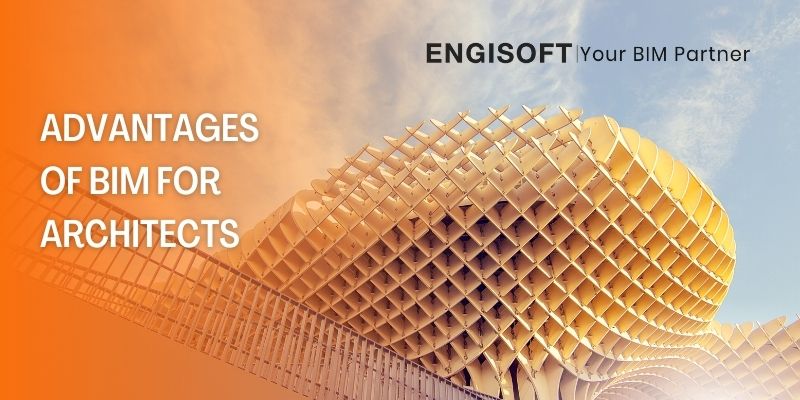BIM technology for the past few decades has gained momentum and has proved beneficial to everyone involved in bringing a conceptual design to reality. BIM involves a simple exchange of information between architects, engineers, owners, and contractors. Here is how BIM is changing the face of construction and how it is beneficial to architects.
Advantages of BIM for Architects
Faster Project Delivery
The move from 2D to 3D design has made it possible for architects to design and deliver buildings in a more advanced manner. It has allowed them to design buildings at a faster rate and deliver projects on time. For example, when we draw a line from a 2D viewpoint, we now draw a 3D geometry that allows the architect to create a part of a section and create the basis of construction.
With BIM, architects save a lot of time and resources and are able to deliver the project within a strict timeline.
Better communication and transparency
Architects are well aware of the inner workings of the software, whereas the owners are not. With BIM, architects are able to communicate the design in a better way. It reassures them of what they can expect out of the project.
This aspect also allows everyone to have transparency within a single project. BIM can easily and quickly provide an in-depth understanding of the space being designed. This is only a click away from BIM.
Less Number of Errors
It is easy to make errors when everything is done manually and the labor would take a lot of time to analyze and check that information. But with BIM, the information is checked faster and it is more reliable. This leaves no scope for an error.
Detailed Information
Another great advantage of BIM is the attention given to details, which exceeds what has long been happening in the construction industry. From the quantity to the material, every aspect is clearly explained in the technology and taken into account before starting the construction.
Resolve Conflict
The BIM toolset helps mechanize the clash detection of elements. It enables architects to discover
clashes early, thereby decreasing the cost that could be increased if the clashes are not identified early on. With BIM, all the elements are interwoven before they are put into practice on the site.

